The advent of the treadmill desk makes the question of walking and cognition more urgent. Okay, there may be health benefits, but if walking is not fully automatic, it siphons away some of your thinking capacity; it demands multitasking, so why put one in the workplace?
In one, researchers administered well-normed measures of working memory and executive function (digit span forwards and backwards, digit-symbol coding, letter-number substitution, and others) to 45 college undergraduates. Each completed the tasks while sitting, standing, and walking (in random order), with 1 week elapsing between sessions. Participants could set the walking speed as they preferred, between 1 and 3 km/hour. Performance on the working memory/executive function tasks was statistically indistinguishable in the three conditions.
That study had people walk (or not) and measured the impact on working memory. Another approach is for researchers to tax working memory (or not) and observe the impact on walking. Other researchers used that method, having subjects either just walk (again, at a self-selected pace), or walk while performing a working memory task, or walk while reading. Researchers recorded several aspects of gait, focusing on variability. Again, they found no evidence of interference.
The neurophysiology of walking would seem consistent with these results. Humans have central pattern generators in the spinal cord—neural circuits that, even in the absence of input of the brain, can generate patterns of flexion and extension in muscles that look like walking. Thus, if the spinal cord can handle walking on its own, it’s easy to see why walking is not compromised when the brain is doing something else.
But central pattern generators set up pretty crude motor output; locomotion (like all movement) requires close monitoring of perceptual feedback (from vision, from balance) which is used to fine-tune walking movements (For a review, see Clark, 2015). We notice the need for perceptual information when we walk on ice, and for motor tuning when we pick our way through a rocky beach, but the fine-tuning goes on in a less obtrusive way in everyday situations. To get a feel for that, find yourself a nice long hallway, pick a spot about 50 feet away, and walk towards it with your eyes closed. If walking were a completely automatic program that could run without visual input from the brain, this would be no problem, yet most sighted people feel uneasy just a few steps in.
So if walking actually can’t run with total automaticity, why does treadmill walking show no attentional cost?
It may be that there is a cost, but it’s so small that it’s not detected in these experiments. And that may mean it’s not worth worrying about. Follow-up experiments with greater statistical power to detect small effects would be needed to address that possibility. Three other caveats are worth considering before we all buy treadmill desks.
First, the studies to date have been of relatively brief duration—less than an hour. It’s possible that subjects can with some effort of concentration, walk without cognitive cost for a short period of time, but a few hours would reveal a deficit; tiredness might make walking a little sloppy, and thus more attention-demanding.
Second, at least one study has shown a movement task (key tapping) was compromised when people walk (Oblinger et al, 2011). That’s not an effect of attention, but of trying to do two motor actions at once, like rubbing your stomach while patting your head. Hence, although office activities like typing or data entry have not been tested on treadmills, I’d be willing to bet they would be compromised.
Third, my graduate mentor and Rousseau may have been talking about different types of thought. My mentor referred to answering a question, whereas Rousseau may have meant more creative thought. Walking may not be helpful when the environment presents pressing problems in need of timely answers. But a meandering gait may promote meandering thought, which in turn promotes creativity. The latter has not be tested on office treadmills either.

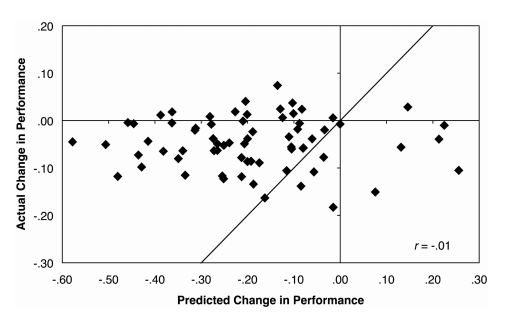
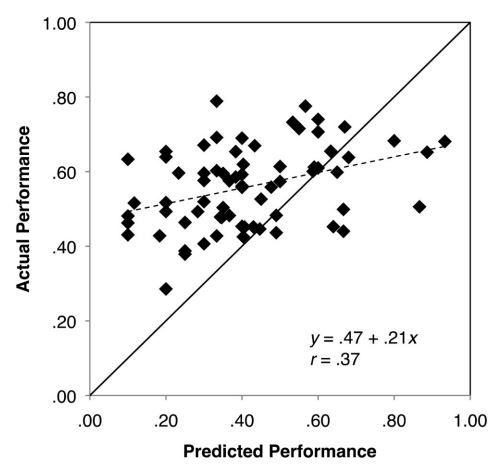

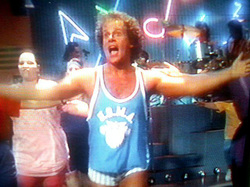


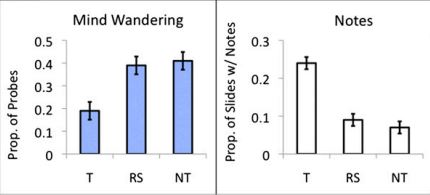
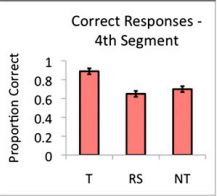




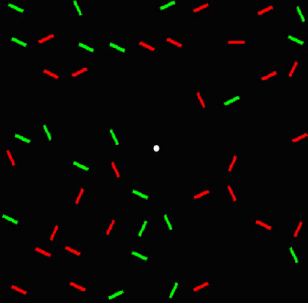

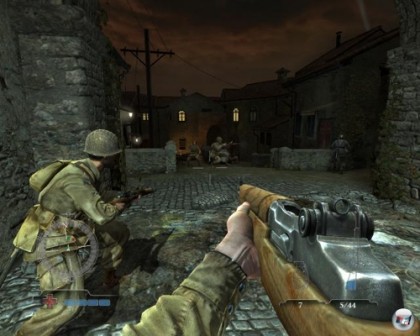

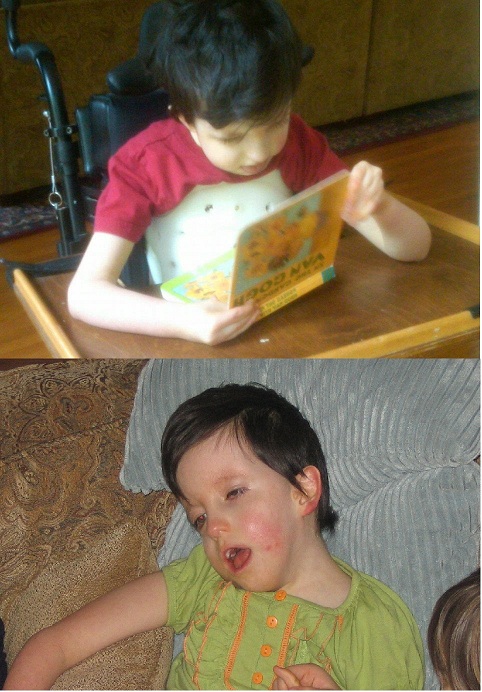

 RSS Feed
RSS Feed